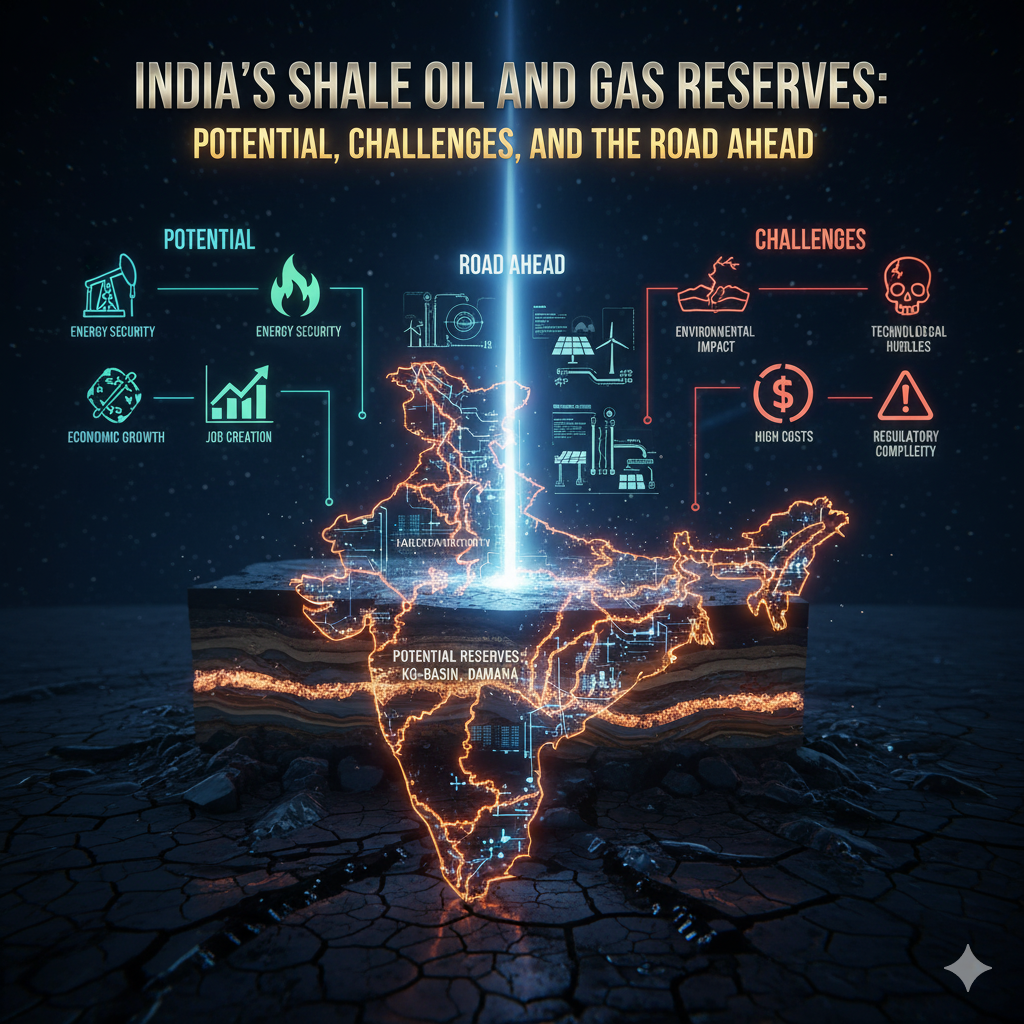Mountains are one of the most significant natural landforms on Earth. They influence climate, serve as habitats for diverse species, and play a crucial role in human civilization by providing water, minerals, and a place for cultural and spiritual significance.
What is a Mountain?
A mountain is a large landform that rises prominently above its surroundings, usually characterized by steep slopes and a significant height difference compared to nearby terrain. According to geologists, a mountain must have an elevation of at least 300 meters (1,000 feet) above the surrounding land.
Mountains are formed by geological processes, mainly tectonic movements, volcanic activity, and erosion. They are found in every continent and can exist as isolated peaks or as part of extensive mountain ranges. The study of mountains is known as orography, a subfield of geomorphology.
How Are Mountains Formed?
Mountains are primarily formed by tectonic forces resulting from the movement of Earth’s crust. These forces include:
- Plate Tectonics – The Earth’s crust is made up of large plates that move over the molten layer beneath. When these plates collide or slide past each other, mountains are formed.
- Volcanic Activity – Some mountains are created by the eruption of magma from within the Earth, which cools and solidifies to form volcanic mountains.
- Erosion and Deposition – Over time, external forces such as wind, water, and ice shape and modify mountains through erosion and sediment deposition.
Types of Mountains
Mountains are classified into different types based on their formation process:
1. Fold Mountains
- These mountains are formed by the collision of tectonic plates, which causes the Earth’s crust to fold and rise.
- Example: The Himalayas (Asia), The Alps (Europe), The Rockies (North America).
2. Fault-Block Mountains
- These mountains are created when large blocks of the Earth’s crust break and move along faults. Some blocks are pushed up, while others sink.
- Example: The Sierra Nevada (USA), The Harz Mountains (Germany).
3. Volcanic Mountains
- Formed due to volcanic eruptions, these mountains are built by layers of cooled lava and volcanic ash.
- Example: Mount Fuji (Japan), Mount Kilimanjaro (Tanzania), Mount St. Helens (USA).
4. Dome Mountains
- These mountains form when magma pushes the Earth’s crust upward but does not erupt. The rock layers above form a dome-like shape.
- Example: The Black Hills (USA), Adirondack Mountains (USA).
5. Plateau Mountains
- These mountains are formed by erosion of a plateau, leaving behind highlands that appear as mountains.
- Example: The Catskill Mountains (USA), The Deccan Plateau (India).
List of Commonly Known Mountains of the World
Mountains are found across all continents and vary in height, formation, and significance. Below are some of the most well-known mountains:
Highest Mountains in the World (Above Sea Level)
| Rank | Mountain | Height (m) | Continent | Country |
|---|---|---|---|---|
| 1 | Mount Everest | 8,848.86 m | Asia | Nepal/Tibet (China) |
| 2 | K2 (Mount Godwin-Austen) | 8,611 m | Asia | Pakistan/China |
| 3 | Kangchenjunga | 8,586 m | Asia | India/Nepal |
| 4 | Lhotse | 8,516 m | Asia | Nepal/Tibet (China) |
| 5 | Makalu | 8,485 m | Asia | Nepal/Tibet (China) |
Famous Volcanic Mountains
- Mount Vesuvius (Italy) – Destroyed Pompeii in AD 79.
- Mount Etna (Italy) – One of the most active volcanoes in Europe.
- Mount St. Helens (USA) – Erupted in 1980, causing massive destruction.
- Mauna Loa (Hawaii, USA) – Largest volcano by volume on Earth.
- Mount Kilimanjaro (Tanzania) – Tallest free-standing volcanic mountain.
Famous Fold Mountains
- The Himalayas (Asia) – Includes the world’s highest peaks, such as Mount Everest.
- The Andes (South America) – The longest mountain range in the world.
- The Rocky Mountains (North America) – Stretching from Canada to the USA.
- The Alps (Europe) – Known for their stunning scenery and ski resorts.
- The Ural Mountains (Russia) – Natural boundary between Europe and Asia.
Famous Dome and Plateau Mountains
- The Black Hills (USA) – Home to Mount Rushmore.
- The Catskill Mountains (USA) – Part of the Appalachian range.
- The Deccan Plateau (India) – A large elevated region with flat terrain.
Importance of Mountains
Mountains play a crucial role in the environment and human life:
1. Climate Regulation
- Mountains influence weather patterns, causing rainfall and creating climate variations across regions.
2. Water Source
- Many major rivers originate from mountains, supplying fresh water to millions of people.
3. Biodiversity
- Mountains host a diverse range of plant and animal species, some of which are endemic.
4. Human Settlements and Culture
- Many indigenous and traditional communities live in mountainous regions, preserving unique cultures and traditions.
5. Adventure and Tourism
- Mountains attract tourists for trekking, skiing, mountaineering, and spiritual retreats.
Challenges and Threats to Mountains
Despite their importance, mountains face several threats:
1. Climate Change
- Rising temperatures are causing glaciers to melt, leading to water shortages.
2. Deforestation
- Uncontrolled logging and agriculture are degrading mountain ecosystems.
3. Pollution
- Tourism and industrial activities are increasing pollution in mountainous regions.
4. Natural Disasters
- Mountains are prone to landslides, avalanches, and earthquakes due to their geological activity.
Conclusion
Mountains are majestic landforms that significantly influence the Earth’s landscape, climate, and biodiversity. They serve as vital ecosystems, cultural landmarks, and sources of livelihood for millions of people worldwide. Understanding the formation, types, and importance of mountains helps in their conservation and sustainable use.
From the towering Himalayas to the volcanic peaks of the Pacific, mountains continue to be a source of fascination, adventure, and natural beauty for humankind. Preserving them for future generations is essential for maintaining ecological balance and biodiversity.




